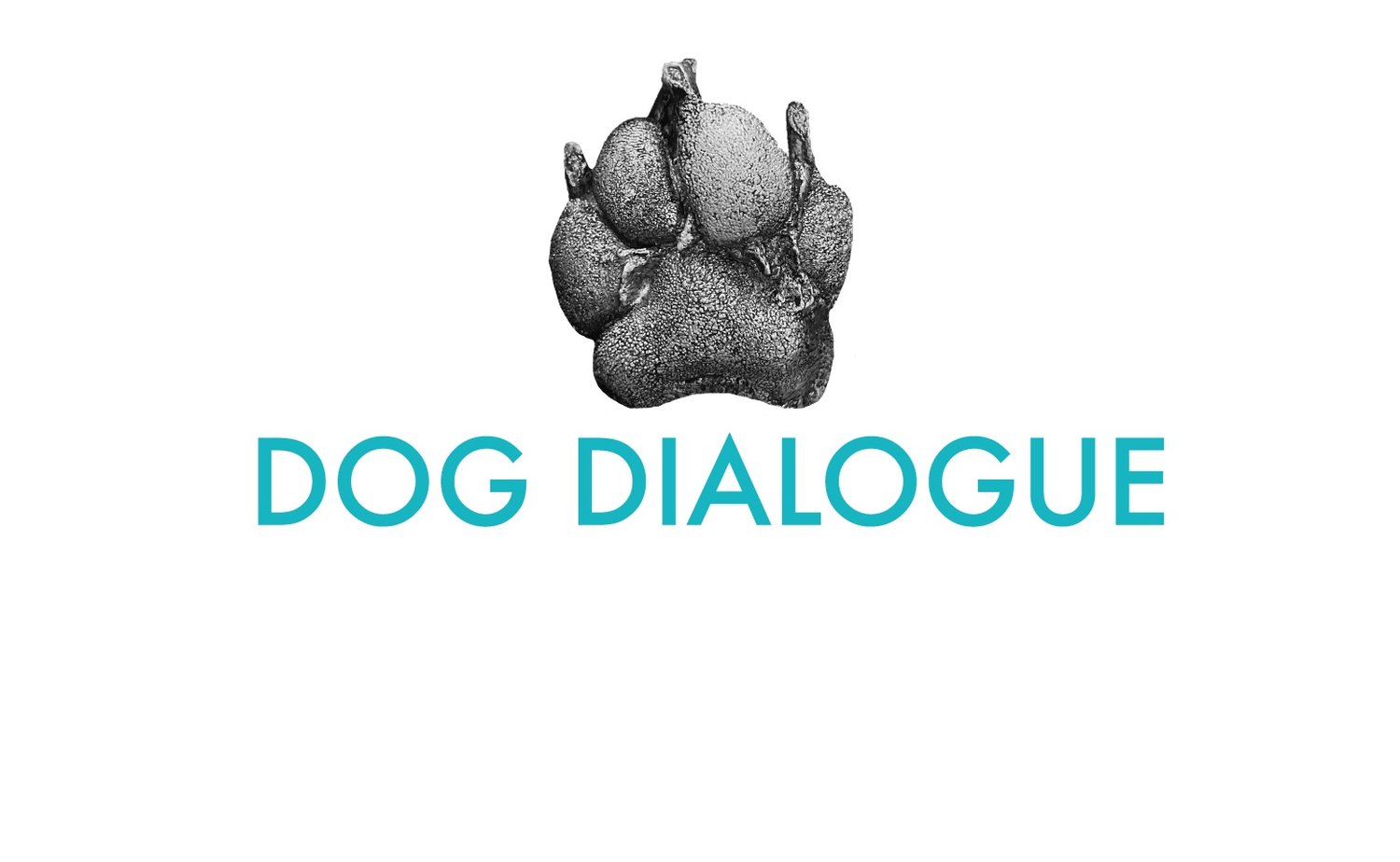Lead Behaviour
Lead Behaviour: Why It Matters and How to Improve Your Dog’s Walks
Walking your dog should be an enjoyable activity—for both of you. But if your dog pulls on the lead, lunges at distractions, or constantly changes direction, it can turn a peaceful stroll into a frustrating experience. The good news? With the right training and consistency, lead behaviour can be improved, making walks safer, calmer, and more enjoyable for everyone involved.
At Dog Dialogue, we help dog owners build better leash manners using positive, practical training techniques that really work.
What Is Lead Behaviour?
Lead (or leash) behaviour refers to how your dog acts while walking on a lead. Ideally, your dog should walk beside you with a loose lead, paying attention to your pace and direction without pulling, dragging, or reacting strongly to distractions.
Common lead behaviour issues include:
Pulling ahead on the lead
Lagging behind or zig-zagging
Lunging toward other dogs, people, or moving objects
Jumping or biting the lead
Barking or whining during walks
Why Good Lead Behaviour Is Important
1. Safety:
Poor lead manners can lead to accidents or injuries—both for the dog and the person holding the lead. Pulling near traffic or lunging suddenly can be dangerous.
2. Better Control in Public Spaces:
Whether you're at a busy park or walking through town, a dog with good leash manners is easier to manage and much more welcome in public spaces.
3. Builds Focus and Communication:
Teaching your dog to walk nicely on the lead strengthens your relationship and improves their ability to focus on you—even when distractions are present.
4. Reduces Stress for Both of You:
When your dog learns to walk calmly on the lead, daily walks become enjoyable rather than stressful. No more tug-of-war, tangled leads, or feeling like you're being dragged!
5. Supports Other Training Goals:
Good lead behaviour lays the foundation for other areas of obedience and control, making it easier to work on things like recall, socialisation, and polite greetings.
Why Do Dogs Pull on the Lead?
Pulling is natural—dogs walk faster than humans, and most haven’t been taught how to walk politely. Other factors that influence poor lead behaviour include:
Lack of training or consistency
High arousal or energy levels
Excitement or anxiety
Reactivity toward dogs, people, or other stimuli
Use of equipment that encourages pulling (e.g., extendable leads or flat collars)
How We Can Help
At Dog Dialogue, we offer lead behaviour training tailored to your dog’s age, breed, and personality. Whether your dog is a powerful puller or just needs help learning to focus on walks, we can help with:
Loose-lead walking techniques
Reducing pulling and lunging
Building attention and engagement
Reactivity support, if needed
Choosing the right training tools (e.g., harnesses, leads, and treats)
Using positive reinforcement and real-life practice, we’ll teach you how to set clear, consistent expectations and build walking habits that last.
